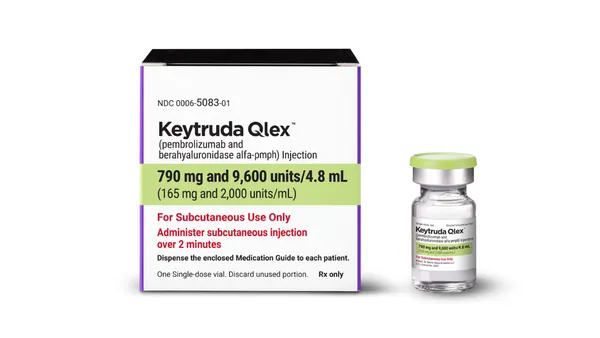Educational Promotional Programs: A Prescription for Success Avant Healthcare Marketing Winston Satterlee, M.D., Medical Director Robin Eggers, Director Deborah Wood, President and CEO Tiffany Shrider, Marketing Manager, Analytics Charles Elliott, Executive Director, Marketing and Advertising Education in many forms is an integral part of a pharmaceutical company’s commercialization strategy. The competing demands on healthcare providers’ time is challenging those in the industry to provide more relevant opportunities for valuable education, not just product promotion. Communicating new information regarding disease states, treatment options, and research to the entire multidisciplinary team provides the best outcomes. Experience shows that providing healthcare professionals with not only a “data download,” but an opportunity to interact on a peer-to-peer basis and share case studies creates an optimum environment for learning. Whatever the format, education should be the foundation of every promotional program. Taking a Cue from CME Educational promotional programs are not “infomercials” and can borrow some best practices from their accredited counterparts, including: • Needs Assessment — Establishing there is an unmet need or a void. • Learner Assessment — Focusing on adult-learning principles and ensuring the program focuses on what attendees are interested in hearing. • Learning Objectives — Developing metrics that allow providers to evaluate whether the disease-state information was absorbed and patient outcomes were improved. • Specificity of Learning Materials — Creating promotional programs that target specific needs of patients. This could be an ethnic need, a gender need, or the needs of a very specific targeted group within a broad disease state. Best Practices for Engaging Learners Credible content is required for a successful program. Programs should include training on the basics of the disease state and the most current evidence-based medical/scientific information. It also is worthwhile to discuss the disease cause, pathophysiology, prevalence, and burden on the individual and society. There should be more emphasis on what practitioners need to learn and slightly less emphasis on promotion of the brand. This change enhances credibility and, ideally, translates into a change in practitioner behavior, which improves patient outcomes. The goal is to fully engage learners, and there are a number of ways to achieve this result: • Case-Based Studies — The program should include patient-case studies. This format allows the faculty to deliver brief data sets, which enable participants to interact with one another and the presenters on a variety of levels. • Multidisciplinary-Team Programs — Patients often have more than one physician, who may not interact with one another. In an office-based environment, information can be presented as to how the entire treatment team can communicate and work together for the best possible patient outcome. • Dual-Speaker Programs — A highly effective way to add dimension to an educational-promotional program is to include two speakers from different specialties. For instance, an ophthalmologist and endocrinologist can discuss different aspects of diabetes. Each speaker shares his or her unique perspective while engaging in a dialogue with each other and attendees. Know the Target Audience It is important to understand the target audience and customize content before planning the format of a promotional program. Companies should use local/regional, emerging, and national thought leaders as a resource to help determine the demographics and content needs of the target audience. As companies trend toward more scientific-based promotional programs, the quantitative prescribing habits of the audience are no longer the only factor used to invite healthcare professionals. A premeeting evaluation is helpful in creating a baseline for measurement and evaluation. Evaluate the Healthcare Professionals’ Learning In keeping with the CME model, evaluations and assessments are beneficial in determining the healthcare professionals’ learnings from the initial promotional program and developing future programs. Evaluating the healthcare professionals’ implementation of the learnings periodically after the program will help the pharmaceutical or biotech company determine if the audience has retained the information and whether the patient is ultimately benefiting. Including assessment tools for a physician or other healthcare professional to use in the office will aid in measuring the effectiveness of the program in the long run. Five critical steps for using research to improve promotional programs 1. Understand the target audience 2. Use multidisciplinary thought leaders as a resource when creating the program 3. Develop a program that meets the needs of the audience 4. Evaluate the audience before and after the meeting 5. Use assessment tools Avant Healthcare Marketing, Carmel, Ind., a division of Deborah Wood Associates Healthcare Communications Group, provides leaders in the pharmaceutical industry with marketing intelligence, creative execution, and strategy throughout the complete product life cycle. September 2006 VIEW on Marketing
An article from


Educational Promotional Programs: A Prescription for Success
Filed Under:
Commercialization









